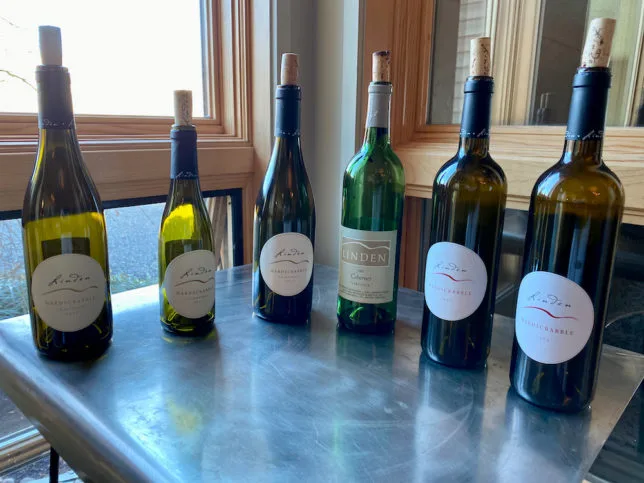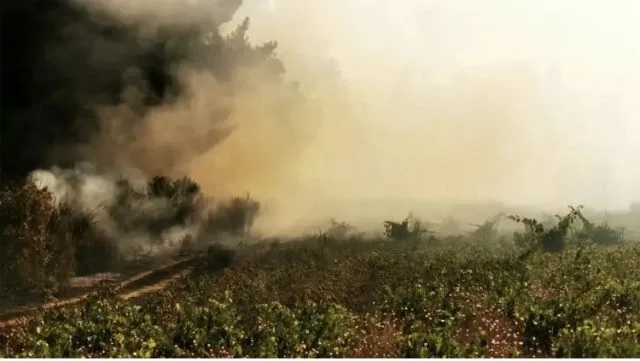I’ve been to Jerez de la Frontera numerous times, mostly to visit the cavernous cellars filled floor-to-ceiling with casks of Sherry. Those visits to the famed Sherry houses have always been about the barrel. On every tour, there’s always a cutaway view of a barrel, demonstrating the fortified fino or manzanilla Sherry resting quietly under a blanket of flor. Tastings are always from the barrel, conducted by someone wielding a whip-like venencia with a flourish. Talk is dominated by discussions of the traditional solera system, how many years the Sherry stays in the barrel, how the wine is fortified or the differences of biological versus oxidative aging. Here’s what’s rarely discussed: grapes, vines, agriculture. In all my years of visiting Jerez, I’d never once been invited into a vineyard.
That changed this past spring, when I found myself walking through several top pagos (as vineyards are called in Jerez) with a new wave of Sherry producers in Jerez— some of whom have formed a group called Territorio Albariza. This new generation sets itself in opposition to what they call “the blending culture” of the big Sherry houses, which they insist too often relies on cheap “neutral” wines, then fortification and wood to give these wines character.
“People think that’s the original way of Sherry, but it’s not true,” said Willy Pérez, of Bodegas Luis Pérez, as we walked through the famed Macharnudo vineyard, about 20 kilometers from the Atlantic near the town of Sanlúcar de Barrameda. Wine has been
This Article was originally published on Wine Enthusiast






